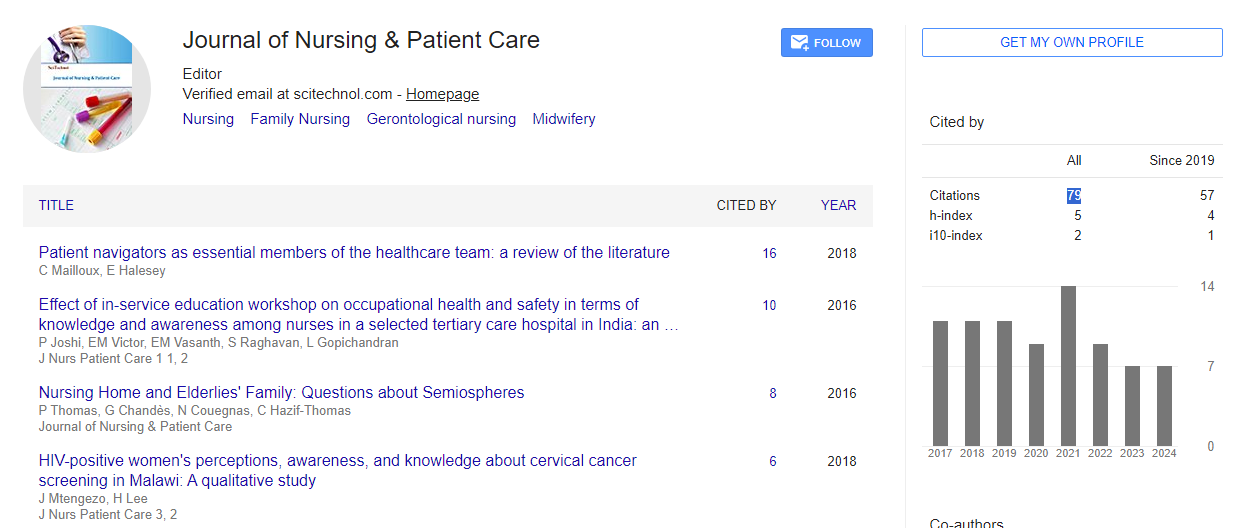The emergency department trigger tool implementation
Shaghayegh Rahmani
Islamic Azad University, Iran
: J Nurs Patient Care
Abstract
Introduction: Trigger Tool (TT) was first designed by the Institute for Health Improvement. In 2009, a revised version of TT was developed for the emergency, surgery, pediatric and intensive care units. In this paper we share the executive experience of using Emergency Department Trigger Tool (EDTT) in our academic emergency department. Method: This is a retrospective observational study using data from one month of visits to an academic, tertiary emergency department by patients aged ≥18 years (5600 records). We randomly based on random block method evaluated 100 records with at least 6 hours of hospital stay. In this study two review teams evaluated medical records. Each team consists of an experienced emergency medicine specialist and one Registered Nurse (RN) with great experience within emergency department care. Records not containing any triggers or containing only false positive triggers, i.e. triggers not indicating AEs were not forwarded to physicians for review but the outcome was documented and included in the analysis. The RNs also recorded demographics data, and entered all patients into the database. No time restriction existed in this review stage. A similar three-point Likert scale was used to investigate the preventability of the Adverse Events (AEs). Results: In this study records of 100 patients were reviewed in a two stage review process. 39 patients (39%) were female and 61 ones (61%) were male. The difference in finding triggers was estimated about 5%. And overall Inter-Observer Agreement (IOA) was 0.828. From 100 evaluated cases, 82 files had triggers and 18 had not. Mean age of our patients was 62.1 ± 7.2 years. 142 triggers were identified in 82 files. Patients mean age was 62 ± 7.2 years. 19 medical records (23.1%) contained more than one trigger. Conclusion: Using EDTT help health care providers to perform an accurate and comprehensive review to evaluate quality of care. Keywords: Trigger tool, Emergency department, Adverse event.
Biography
Shaghayegh Rahmani has received her master in medicine during 2001- 2008, and her specialty in Emergency Medicine during 2015-2019 at Mashhad University. Currently, she is working as assistant Professor in Mashhad Islamic Azad University of Medical Sciences. She is the Executive Director of the Islamic Azad university journal; she is also the director of research and development center of University. Her research included a wide spectrum from patient safety to clinical and pathological researches.
 Spanish
Spanish  Chinese
Chinese  Russian
Russian  German
German  French
French  Japanese
Japanese  Portuguese
Portuguese  Hindi
Hindi 